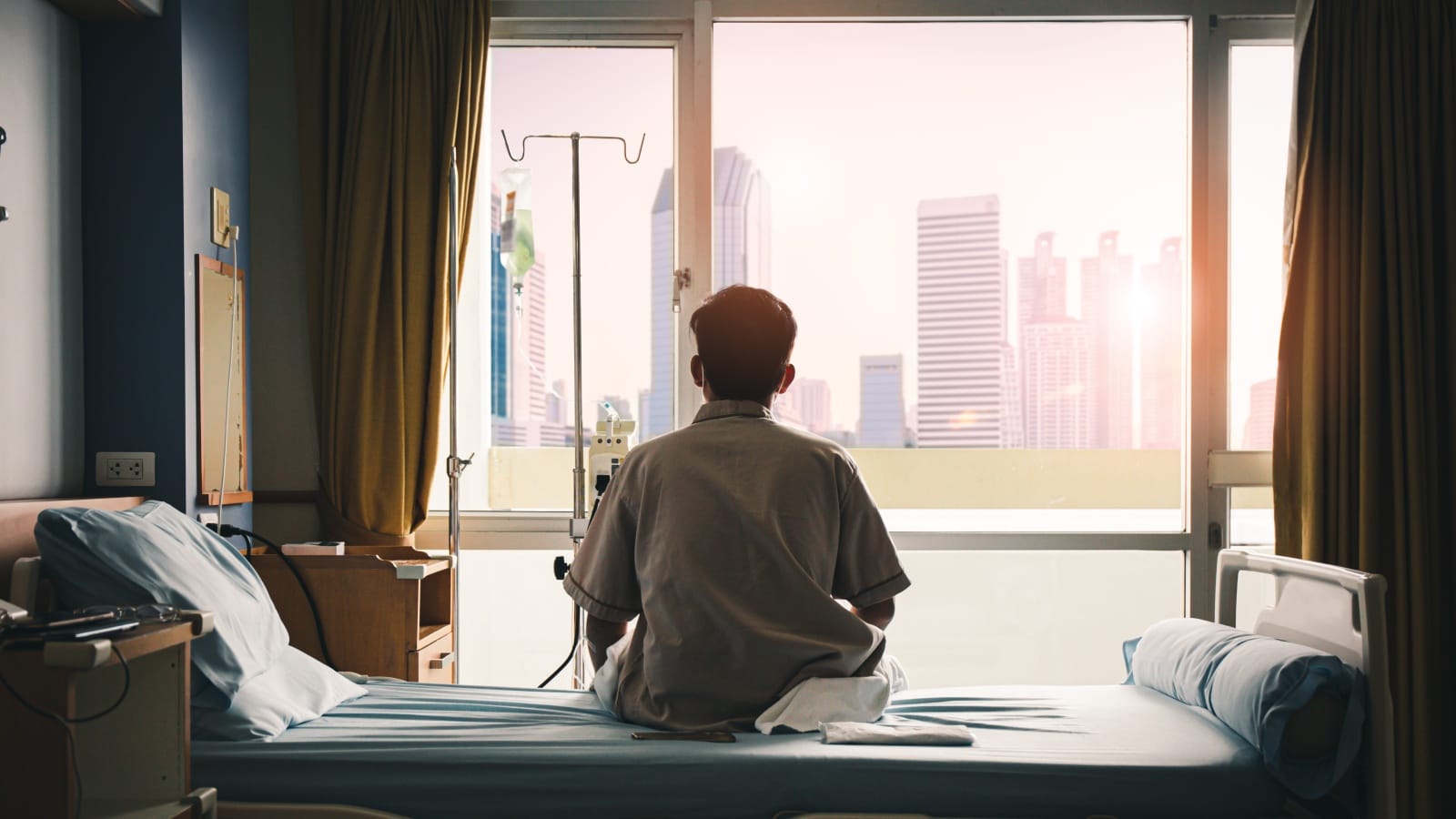Lots of factors affect the healing of hospital patients – staff expertise, state-of-the-art equipment, proper nutrition, medications, and more.
But there’s one often overlooked, and completely cost-free, way to improve patient outcomes: letting in the daylight.
Rinat Hadashi Gannon, a master’s student in the Technion – Israel Institute of Technology’s Faculty of Architecture and Town Planning, has developed new methods to evaluate daylight in inpatient rooms and new design guidelines for improved inpatient health.
Natural light significantly affects our physiological and psychological health, wellbeing, and performance. It helps regulate the circadian rhythm, modulating the cycle of sleep and wakefulness, and neurological and hormonal processes that affect our health.
Previous research has shown that the incorporation of daylight in inpatient wards contributes to lower consumption of medications, reduced length-of-stay, improved sleep quality, a reduction in depression and stress, and even a decrease in mortality.
Yet in the typical semi-private hospital room with side windows, patients in the bed far from the window get insufficient daylight due to the distance from the window, curtains between the beds, and control of the curtains and blinds by the patient next to the window.

Working under the supervision of the faculty’s dean, Prof. Guedi Capeluto, Gannon found that even taking into consideration seasonal changes in different orientations, relatively simple architectural adaptations can improve daylight availability in all inpatient wards.
Full-opening windows, overhangs and adjustable blinds, and light shelves are among the options that increase daylight.
Gannon and Capeluto believe that their design guidelines could also be applied in offices and schools to positively impact workers’ and students’ alertness, concentration, performance, health and wellbeing.
Fighting for Israel's truth
We cover what makes life in Israel so special — it's people. A non-profit organization, ISRAEL21c's team of journalists are committed to telling stories that humanize Israelis and show their positive impact on our world. You can bring these stories to life by making a donation of $6/month.









